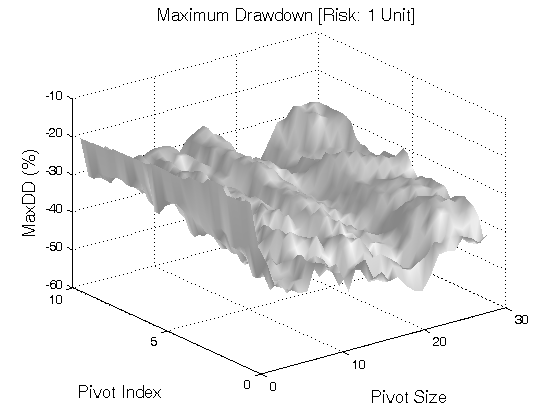
The second possibility is that the trader is experimenting with some new strategy or trying out some new instruments. Sometimes a few trades, one day of bad trades or even one bad trade can wipe out a significant amount of capital. The first and the most common reason is that traders take big losses that wipe out most of their previous profits. In my experience, there are 3 common reasons why this usually happens. Now let us look at what causes drawdowns. If your drawdown is 50%, then now you need to make 100% of gains just to go back to the point where you originally were.Īgain, as you can see from this table, the math can turn ugly from this point onward. However, a deeper drawdown of 40% or 50% could be very damaging to the account, because as you can see from this table, the deeper the drawdown, the harder it becomes to get back to normal. A 10 to 20% drawdown is very common and it happens all the time. The percentage of drawdown is what is very important to understand. It is very normal and hence happens all the time. Every trader, including myself, has gone through drawdowns.

Note that Drawdown in trading is very common. In this case, the maximum value of the account from where you started to see the decline would be called the peak and the lowest point from which you recovered back would be called the trough and the percentage difference between the two is called drawdown. Either way the losses start to eat into your capital and the account value starts to come down.
#MAX DRAWDOWN TRADING PATCH#
Then you hit a rough patch and started to take some big losses and your strategy stopped working as well as it used to. Assume that you were doing great in your trading and the capital in your account was growing nicely and life was good.

Let’s take an example to understand this. The topic at hand today is draw down, which basically means the percentage of capital a trader loses before bouncing back. Without any further ado, let us get started.

Today’s topic goes perfectly with that theme.


 0 kommentar(er)
0 kommentar(er)
